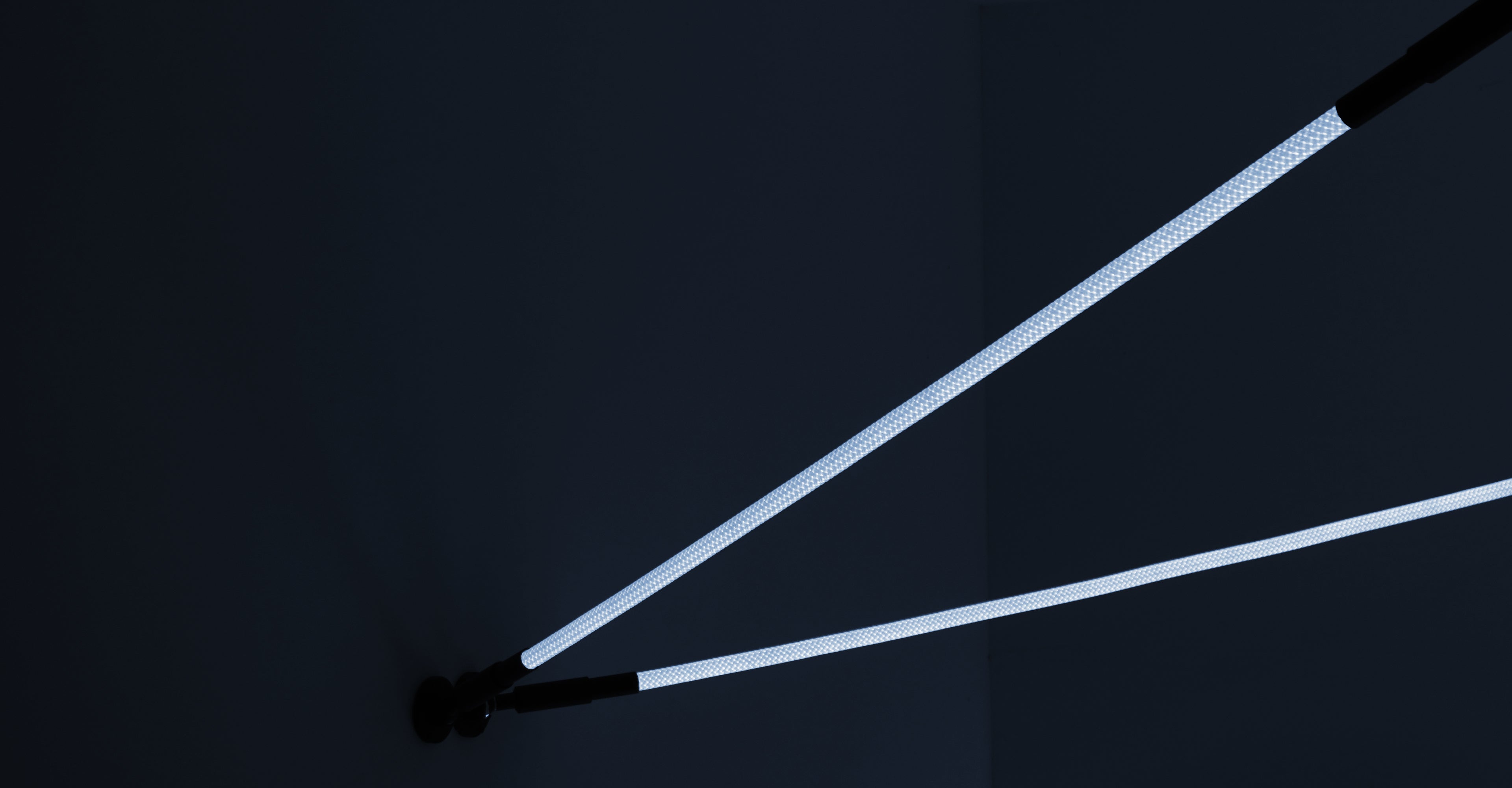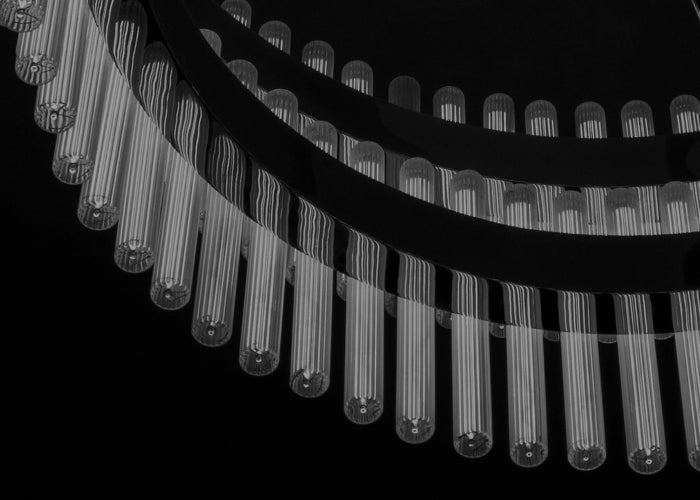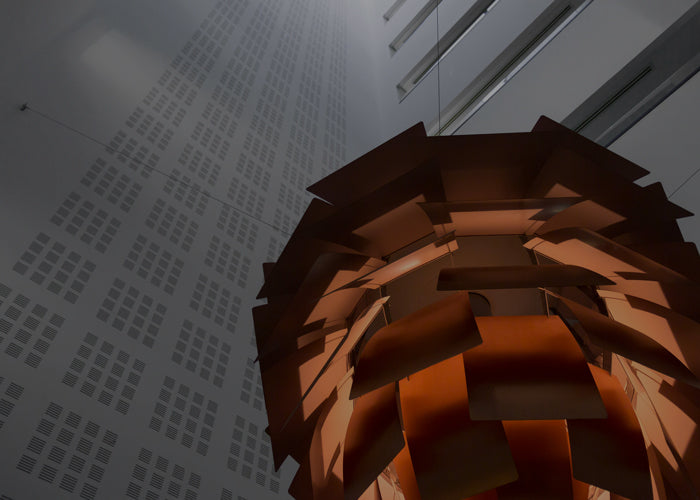Home Office Lighting Design Concepts
Once upon a time, a fully equipped home office for remote work was a rare luxury rather than the norm for the average professional. That time has clearly passed! For reasons that we may not need to mention, home offices are more prevalent now than ever before. However, any new normal comes with growing pains. Designing your ideal home workspace may not be overly complex, but if we say we haven't fallen victim to some common home office taboos, we'd be lying. In hindsight, it seems obvious, but many of us have learned painful lessons, such as realizing that dining chairs aren't suitable for eight hours of computer work or that pushing a desk into the empty corner of a bedroom doesn't necessarily mean our brains will suddenly see that room as a place for work rather than rest.
If you've been working in a makeshift home office for the past few years, you may be ready to make a change and establish a more sustainable, efficient environment for your life. With a little thoughtful consideration and this convenient guide containing actionable home office ideas and design tips, your cluttered home workspace will become a thing of the past!

What is the Best Lighting for a Home Office
Proper lighting in a home office may seem like a secondary concern, just below the perfect desk and comfortable chair, but carefully designed lighting can truly make or break any space in your home. The placement, brightness, and color temperature of lighting in a home office can affect the overall comfort of the area. The right lighting layers can reduce eye strain, help you focus, and look great while doing so. Use the lighting concepts in this design guide to determine the best lighting for your office and create a comfortable space that enhances productivity on workdays!

Study Room Ceiling Lights and Wall Sconces
When planning the lighting layout for a workspace, ambient lighting is a simple starting point. To effectively illuminate a room, you should consider the three types of lighting that any well-designed room possesses. Ambient lighting refers to the general base layer of light in the room, usually achieved using ceiling lights, wall sconces, occasionally supplemented by floor lamps or table lamps.
How you position office ambient light sources within the room will have a significant impact on the comfort and feel of the room. Aim to minimize glare, harsh shadows, and bright bulbs in your line of sight. Choose home office ceiling lights, wall sconces, and fixtures with diffusers to cast light onto walls or ceilings, allowing it to reflect around the room rather than directing spotlights onto your desk. Ensure that the position of the lights does not shine directly onto your computer screen, causing glare, nor directly behind your computer screen, which can strain your eyes.
While the placement of fixtures has a tremendous impact on the functionality of the room, the style and appearance of home office ceiling and wall lights are entirely up to you! Warm brass and gold tones will bring an elegant, refined look to your space, or you can opt for rich blacks, bronzes, or even chromes to maintain its chic and modern feel. For a truly unique style, consider using fixtures in trendy, fashionable colors to accentuate your office's decor, such as serene blues, vibrant reds, or oranges. It's essential to make this space your own - you may spend a lot of time here, and the more comfortable the room feels to you, the happier and more productive your workdays will be!
Choose bulbs or LED fixtures with a color temperature around 3000K-4000K; these bulbs will be cooler, with higher numbers, similar to natural light, and should help keep you energized and productive throughout the day. Lower color temperatures are warmer and may lead to drowsiness over time, so avoid using bulbs labeled "warm white" in your home office!

Reading Lights and Desk Lamps
Floor lamps, table lamps, and desk lamps are essential for perfect home office design. If you cannot create ambient lighting layers with ceiling lights or wall sconces, floor lamps and desk lamps with shades are your best bet. If you already have ambient lighting, reading floor lamps and desk lamps (or possibly swing-arm wall sconces) can meet your next lighting need: task lighting.
Task lighting, as the name suggests, is spotlighting on the workspace. If you use physical (rather than digital) paper and pages, such as handwritten daily "to-do" lists, or plan to complete any drawing, drafting, or handicrafts in your workspace, adjustable task lighting is absolutely essential. Look for fixtures that can be directed directly onto your desk so you can see all the details of your work.
While lamps are functional, they can also serve as excellent accent lighting! If your task and ambient lighting needs are met, but your space still feels a bit bland, petite accent lights will bring subtle, soothing glows and can be placed wherever you need extra light. For example, while you don't want strong light shining behind your computer screen, a warm, soft glow behind the monitor can further help alleviate eye strain.












